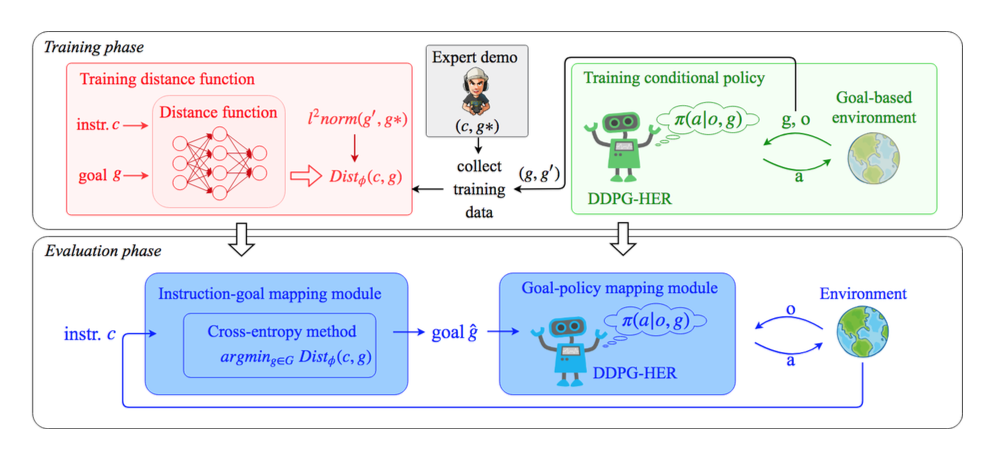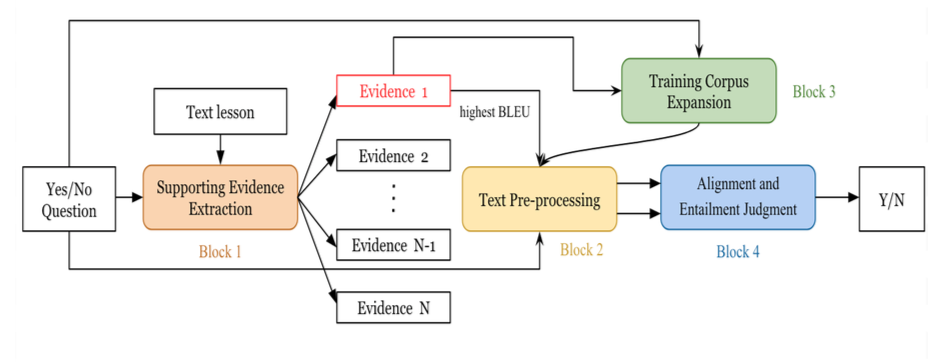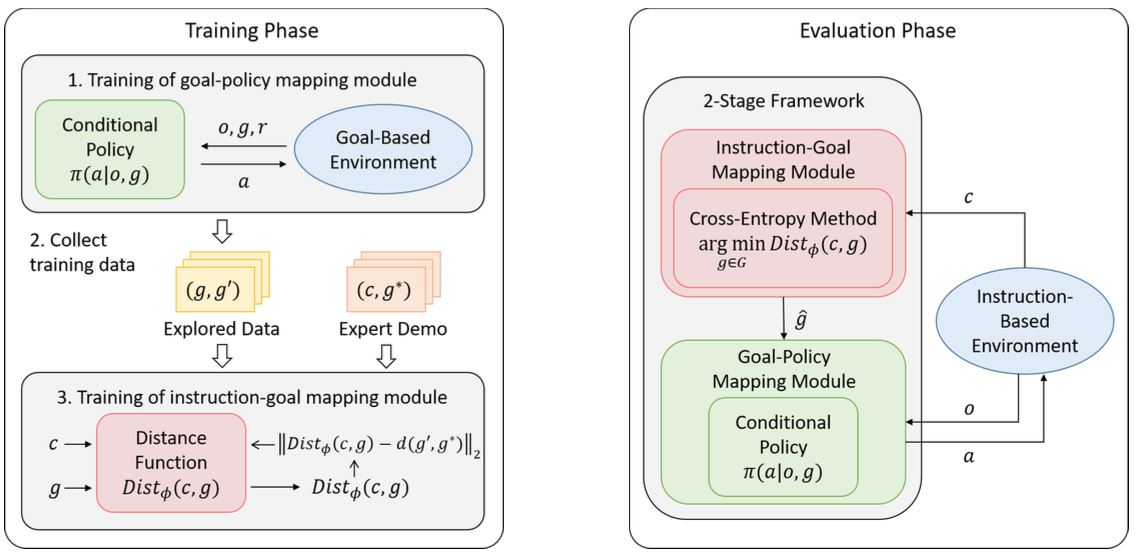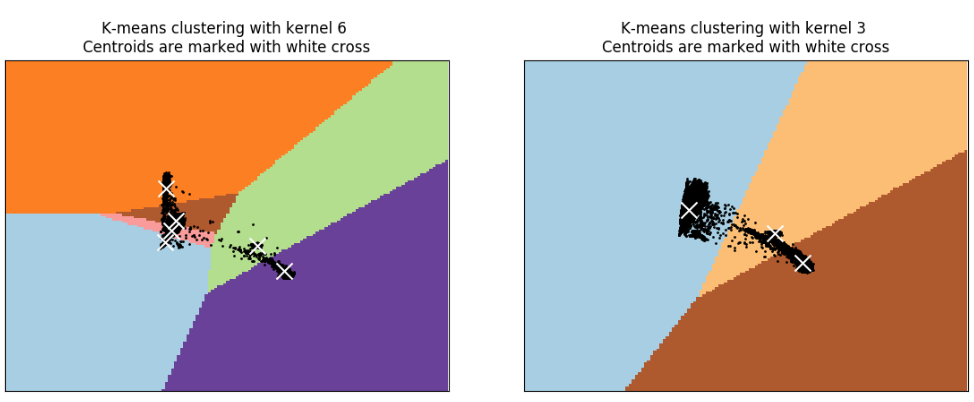Hsin-Wei Yu Evelyn
I am currently a first year Computer Science grad
student in UCLA. Before that I was a research assisant at National Taiwan University in Robin Lab. I finished my Bachelor's degree in Computer Science in National Tsing Hua University, under the supervision of Prof. Chun-Yi Lee.
My research lies primarily in the area of Natural Language Processing and Machine Learning; this includes but is not limited to Natural Language Processing, Machine Translation, Generalization in Planning, and Reinforcement Learning. I am particularly interested in how a robot can efficiently act as human.
Publications
A Self-Supervised Method for Mapping Instructions to Robot Policies
H.-W. Yu, P.-Y. Wu, C.-A. Tsao, Y.-A. Shen, S.-H. Lin, Z.-W. Hong, Y.-H. Chang, and C.- Y. Lee,
Task-Agnostic Reinforcement Learning (TARL) Workshop at International Conference on Learning Representations (ICLR)., May 2019
We proposed a modular architecture to separate the instruction-to-action mapping problem to two stages, including Goal Exploration Process and Cross-entropy method.
[pdf]
Answering yes/no questions with a decomposable attention model
H.-W. Yu, C.-H. Huang, and K.-Y. Su,
Conf. Technologies and Applications of Artificial Intelligence (TAAI), pp. , Dec. 2017
Treated a Yes/No question as an entailment decision with a Decomposable Attention model, including evidence extraction, data pre-processing, and decomposable attention model.
Links:
[pdf] |
[code]
Projects
PupGo iOS App
Our app, PupGo, allows dogs to establish connection with nearby pet dogs. We aim at facilitating socialization for dogs based on events in reality, which is quite intuitive and simple to schedule with our app. PupGo users need to explore nearby events and choose to join it.
[video]
Allears iOS App
Allears aims to help music lover to find their partners and exchange taste of music. Based on music genre, our users could
upload their emoji of a day, checkin with their daily-pick
song, and match with the desired ones. I implemented the
recommendation system of this dating app.
Mapping Instructions to Robot Policies via Reinforcement Learning
We proposed a modular architecture to separate the instruction-to-action mapping problem to two stages via distance function. Our method are more adaptive to novel instruction and action space.
[pdf]
Language Guided Robot via Reinforcement Learning
We combined NLP instruction and semantic image segmentation. Then, integrated Gated-Attention Model in Python, visual inputs, and Kobuki robot hardware system via ROS.
Links:
[video]
MultiNLI Corpus Open-Evaluation Contest
We improved the accuracy of the multi-nli dataset and the alignment of Natural Language Inference via integrating domain knowledge and neural network.
Spam Email Filter System
This is the solution project for Meichu 2017 hackathon competition, where we won 2nd place. In this project, we leveraged in knn as a spam email detecter and natural language inference model as response system.
We also developed a spam email filter website for demostration.
[website]
Fouryou Anonymous Chatroom
We developed and designed an online anonymous chatroom
(similar to Wootalk). The frontend is designed by JavaScript
which contains a count down timer.
[website]
Experience
Teaching Assistant
Digital Logic Design & Hardware Design and Lab.
Research Assistant
Summer Intern
Honors
- 2nd place, EECS Project Contest, EECS, NTHU
- 2nd place, Senior Year Project Contest, CS, NTHU
- College Student Research Training Fellowship, Ministry of Science and Technology, Taiwan
- Academic Achievement Award, NTHU
- Woman Enhancing Tech. Qualcomm Global Scholars Award, Qualcomm Inc., California, U.S and Institute of International Education (IIE)
- Golden Medal Prize of Digital System Design Course Contest, NTHU
- Scholarship for Academic Excellence, Phison Electronics Corp., Taiwan
- Champion, Trend Micro Inc.; 2nd place, Mei-Chu Hackathon Award, Mei-Chu Hackathon, Hsinchu, Taiwan
- Golden Medal Prize of Logic Design Course Contest, NTHU
Educations
Bachelor of Science,
National Tsing Hua University, Hsinchu, Taiwan







